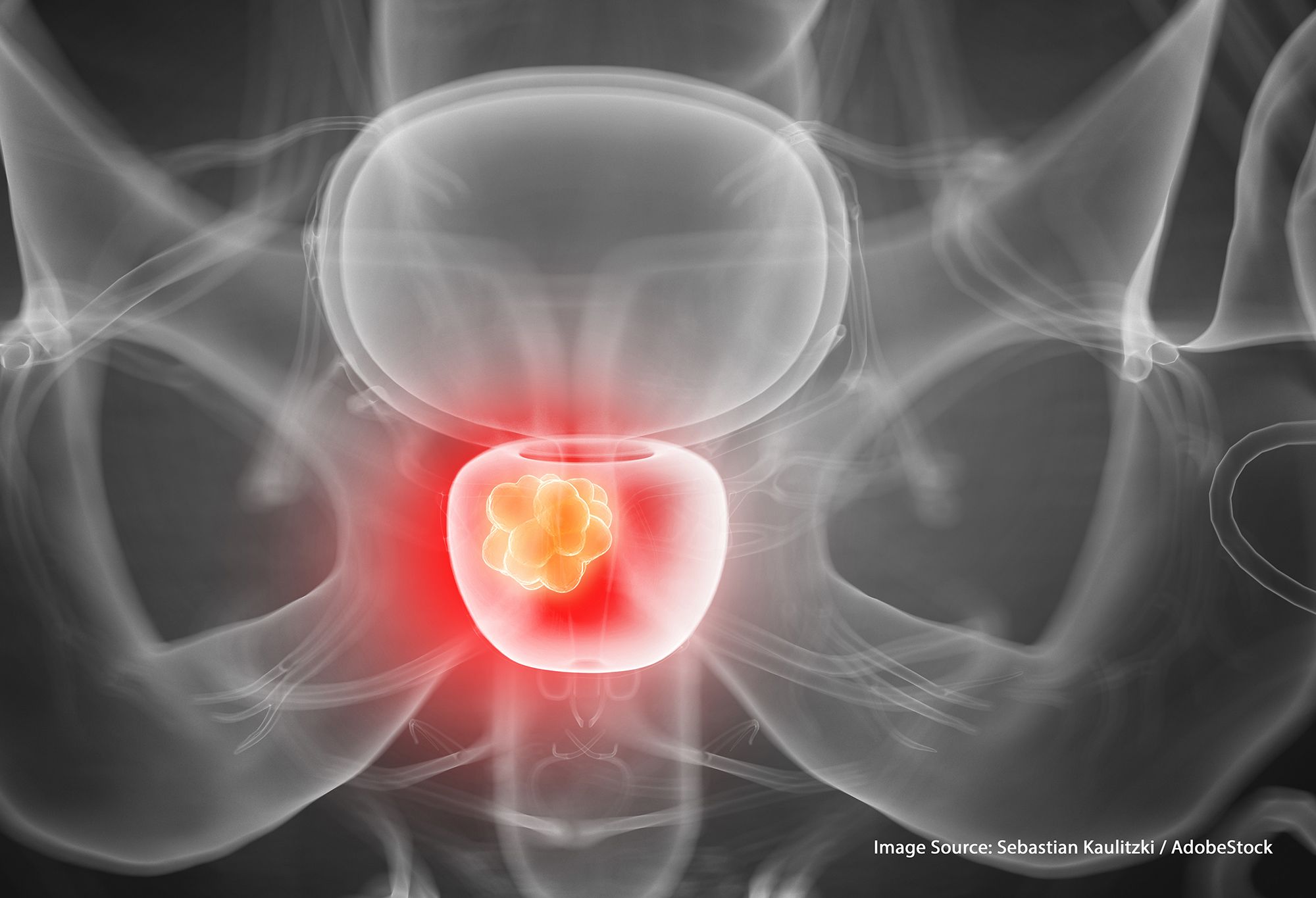Data Support 177Lu-PSMA-617 Vs Cabazitaxel in Metastatic Prostate Cancer
While the overall survival between patients receiving cabazitaxel and those receiving Lu-PSMA-617 had negligible difference, the results of the phase 2 TheraP trial supports the use of Lu-PSMA-617 as an alternative treatment for prostate cancer.
Previous analyses of this study looked into the primary endpoint of prostate-specific antigen (PSA) response defined by a reduction of at least 50% from baseline. The study showed that PSA responses were more frequent among patients in the 177Lu-PSMA-617 arm vs the cabazitaxel group (66% vs 37% P <.0001; 66% vs 44% by treatment received; P = 0.0016). Investigators observed no deaths related to 177Lu-PSMA-617.

Although 177Lu-PSMA-617 (Pluvicto) did not demonstrate a boost in survival vs cabazitaxel (Jevtana) in patients with metastatic castration-resistant prostate cancer who progressed after docetaxel, quality of life appears to be improved overall with the former, according to data from the phase 2 TheraP trial (NCT03392428).1
An analysis of overall survival (OS) at a median follow up of 35.7 months (31.1-39.2) showed that 78% of patients in the experimental arm and 69% of patients in the control arm had died. The restricted mean survival time of the 177Lu-PSMA-617 arm was 19.1 months (95% CI; 16.9-21.4) vs 19.6 months (95% CI; 17.4-21.8; P = 0.77) in the cabazitaxel arm. Median OS was 16.4 months (95% CI; 13.7 to 19.4) in the experimental arm and19.4 months (14.0-21.7) in the control arm (HR 0.97; 95% CI, 0.70-1·.35; P = 0.99).
Despite there being no statistically significant differences in OS between the 2 patient cohorts, when compared with cabazitaxel, 177Lu-PSMA-617 produced a higher prostate-specific antigen (PSA) response rate (66% vs 37%), a higher objective response rate (ORR) per RECIST v 1.1 criteria (49% vs 24%), longer progression-free survival (PFS; HR 0.63; 95% CI 0.46-0.86), fewer grade 3 and 4 adverse events (AEs; 33% vs53%), and improved patient-reported outcomes in the initial analysis of the TheraP trial.2
“In this updated analysis, we show that improvements in these surrogate outcomes did not translate into improved [OS], although the study was not powered for this outcome,” wrote the study authors. “Nevertheless, given fewer grade 3–4 [AEs] and improved patient-reported outcomes with 177Lu-PSMA-617, it is reasonable to conclude that quality of life during treatment was better with 177Lu-PSMA-617 than cabazitaxel. Treatment with 177Lu-PSMA-617 also requires fewer visits and injections than cabazitaxel.”
Investigators of this open-label, randomized phase 2 trial randomly assigned a total of 200 participants 1:1 to receive either cabazitaxel at 20 mg/m² intravenously every 3 weeks for up to 10 cycles or 177Lu-PSMA-617 intravenously every 6 weeks for a maximum of 6 cycles, starting at 8.5 GBq and decreasing by 0.5 GBq each cycle.
Overall, 78% of patients in both arms had over 20 metastases. A majority of these metastases were bone metastases in the experimental arm and control arm (91% vs 89%), with visceral metastases (7% vs 13%) and lymph node disease (7% vs 9%) also being prevalent. Previous treatments in each respective arm included enzalutamide (Xtandi) only (49% vs 57%), abiraterone acetate (Zytiga) only (21% vs 24%), and both agents combined (21% vs 9%). All patients were previously treated with docetaxel, according to eligibility criteria.
Previous analyses of this study looked into the primary endpoint of prostate-specific antigen (PSA) response defined by a reduction of at least 50% from baseline.3 The study showed that PSA responses were more frequent among patients in the 177Lu-PSMA-617 arm vs the cabazitaxel group (66% vs 37% P <.0001; 66% vs 44% by treatment received; P = 0.0016). Investigators observed no deaths related to 177Lu-PSMA-617.
“A strength of TheraP is that it used cabazitaxel, an active treatment that prolongs survival in patients with metastatic castration-resistant prostate cancer, and was deemed the next appropriate standard treatment option for patients recruited to TheraP,” said the study authors. “TheraP provides data that supports the notion that 177Lu-PSMA-617 and cabazitaxel are viable options for the treatment of metastatic castration-resistant prostate cancer.”
References
- Hofman MS, Emmett L, Sandhu S, et al. Overall survival with [177Lu]Lu-PSMA-617 versus cabazitaxel in metastatic castration-resistant prostate cancer (TheraP): secondary outcomes of a randomised, open-label, phase 2 trial. Lancet Oncol. Published online November 30, 2023. doi:10.1016/s1470-2045(23)00529-6
- Hofman MS, Violet J, Hicks RJ, et al. [177Lu]-PSMA-617 radionuclide treatment in patients with metastatic castration-resistant prostate cancer (LuPSMA trial): a single-centre, single-arm, phase 2 study. Lancet Oncol. 2018;19:825–833. doi:10.1016/S1470-2045(18)30198-0.
- Hofman MS, Emmett L, Sandhu S, et al. [177Lu]Lu-PSMA-617 versus cabazitaxel in patients with metastatic castration-resistant prostate cancer (TheraP): a randomised, open-label, phase 2 trial. Lancet. 2021;397(10276):797-804. doi:10.1016/s0140-6736(21)00237-3